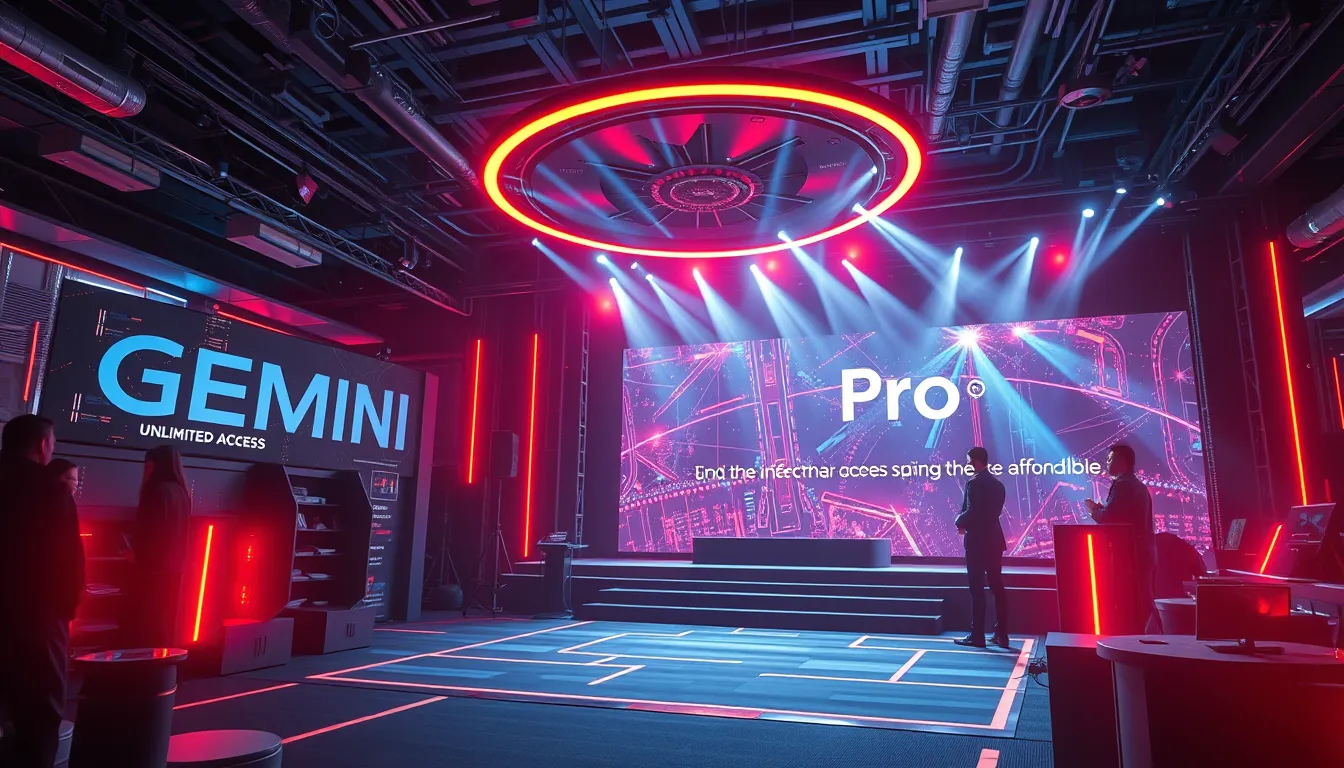Now Reading: Revolutionizing Software with Vibe Coding & AI Development
-
01
Revolutionizing Software with Vibe Coding & AI Development
Revolutionizing Software with Vibe Coding & AI Development

Revolutionizing Software with Vibe Coding & AI Development
In today’s fast-paced digital world, the concept of vibe coding is emerging as a game-changing approach in software development. Organizations are increasingly integrating AI-powered software development techniques to streamline the entire development lifecycle. This innovative methodology not only accelerates project delivery but also reduces operational costs and enhances overall software quality. In this article, we explore how vibe coding is reshaping the development landscape, driving efficiency, and providing a competitive edge in enterprise environments.
The Emergence of Vibe Coding in Modern Software Development
Vibe coding represents a paradigm shift in the way software is developed. With the integration of advanced machine learning algorithms and natural language processing, developers can now rely on AI to assist in coding, debugging, and optimizing performance. This method of coding has transformed traditional development practices by automating routine tasks and allowing human expertise to focus on innovation and creativity. By leveraging AI-powered software development, organizations are able to adapt swiftly to market demands while maintaining high standards of quality and reliability.
How AI Streamlines Software Development Lifecycle
One of the core benefits of vibe coding is its ability to streamline the software development lifecycle. AI tools can analyze code in real time and predict potential bottlenecks, leading to faster detection and resolution of issues. The process includes:
- Automated testing and error detection
- Continuous integration and deployment
- Efficient debugging with real-time feedback
These capabilities not only shorten development cycles but also enhance project management efficiency. As a result, enterprises can deliver products faster without compromising on quality.
Integrating AI-Powered Tools into Enterprise Coding
The adoption of vibe coding in enterprise environments is accelerating as businesses seek to harness the power of AI. With tools specifically designed for enterprise AI coding, companies can manage complex projects more effectively. This integration allows for a robust and scalable development process that adapts well to dynamic market conditions.
The Role of AI Development Tools and Predictive Analytics in Coding
Modern developers are turning to sophisticated AI development tools to gain insights that traditional coding methods simply cannot provide. By incorporating predictive analytics in coding, these tools forecast potential challenges and suggest optimal solutions before issues become critical. This proactive approach is fundamental to reducing operational costs and improving project outcomes. For instance, companies like IBM and Microsoft have showcased innovative applications of AI in streamlining coding processes. For additional insights on AI-driven methodologies, you can visit trusted sources such as the IBM Cloud page.
Key Benefits of Vibe Coding in Enterprises
- Enhanced Efficiency: AI-powered tools accelerate routine coding tasks, enabling teams to focus on strategic development.
- Reduced Operational Costs: Automating critical phases of the development lifecycle minimizes the need for extensive manual intervention.
- Improved Code Quality: With real-time error detection and continuous monitoring, vibe coding ensures a higher standard of programming accuracy.
- Predictive Analytics Empowerment: Advanced tools offer predictive insights that help in anticipating issues, thereby reducing downtime and delays.
By integrating these benefits into their workflow, enterprises are seeing measurable improvements in productivity and software performance.
Future Prospects and Conclusion
As technology continues to evolve, the role of vibe coding in AI-powered software development is set to expand further. The continuous improvement of AI algorithms and the development of more sophisticated analytical tools suggest a promising future. Enterprises that adopt vibe coding can expect not only to keep pace with industry innovations but also to set new benchmarks for efficiency and quality in software development.
In conclusion, vibe coding is more than just an emerging trend; it is a strategic revolution in the way enterprises approach software development. By harnessing the potential of AI-powered tools and incorporating a predictive, analytic-driven approach, organizations can achieve enhanced productivity, reduced costs, and higher quality outputs. Embracing vibe coding means stepping into a future where technology and creativity converge, forging new paths in the competitive realm of enterprise coding.
As businesses continue to explore the endless possibilities of AI integration, vibe coding stands out as a beacon of innovation. Stay informed, adapt, and lead the change by embracing the transformative power of AI in your software development processes.

























